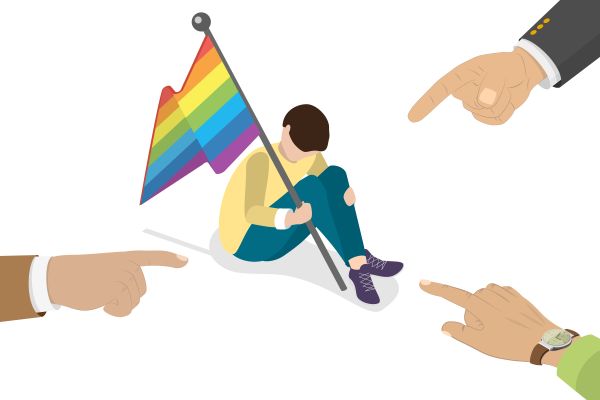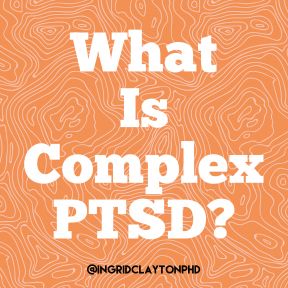
International Classification of Diseases (ICD)
The International Classification of Diseases, or ICD, is a classification system for all physical and mental diseases produced by the World Health Organization (WHO). It’s used for diagnosis, research, reimbursement, statistical tracking, and mortality data.
The organization periodically updates the ICD. The current version, the ICD-11, was implemented on January 1, 2022. The previous version, the ICD-10, was introduced in 1990.
While the ICD covers all diseases, the American counterpart that covers mental disorders is called the Diagnostic and Statistical Manual of Mental Disorders (DSM). The DSM is published by the American Psychiatric Association (APA).

The ICD is designed to organize health data on a global scale. It aims to allow countries to more easily collect, share, and compare health statistics.
The ICD is used to:
• Diagnose physical and mental illness
• Document causes, consequences, and clinical presentation of illness
• Provide codes for reimbursement
• Facilitate service planning in health care settings
• Aggregate health statistics
• Collect morbidity and mortality data
The current iteration of the ICD is the ICD-11. It was accepted by the World Health Assembly in May 2019 and officially came into use in January 2022.
Non-member countries adopt new versions of the ICD on their own timeline. For example, the United States adopted the ICD-10 in 2015, even though it came into effect in 1990.

The ICD and the DSM both categorize and diagnose mental illness. Yet there are key differences between the two. The major distinctions are:
- The ICD covers all health conditions, both physical and mental, while the DSM only covers mental disorders
- The ICD is used worldwide while the DSM is primarily used in the U.S.
The ICD and DSM help shape how researchers, clinicians, and society understand mental health. While there is substantial overlap between the two, different iterations of the two manuals have added, changed, or removed different diagnoses over time. They both evolve—sometimes together, sometimes apart.
A few other aspects of the relationship between the ICD and DSM include:
- The ICD is created by the WHO; the DSM is published by the APA.
- ICD diagnoses rely on guidelines; DSM diagnoses rely on criteria.
- The ICD contains diagnostic codes; the DSM appropriates ICD codes for DSM diagnoses.
- The ICD is freely available online; the DSM is purchased as a digital or print manual.
• The ICD-11 came into effect on January 1, 2022. Several notable changes to mental disorders include:
• The ICD-11 added the diagnosis of ADHD.
• The ICD-11 added the diagnosis of gaming disorder.
• The ICD-11 added the diagnosis of compulsive sexual behavior disorder.
• The ICD-11 added the diagnosis complex PTSD and narrowed the definition of PTSD.
• The ICD-11 added the diagnosis of prolonged grief disorder.
• The ICD-11 no longer classifies gender incongruence as a mental disorder. It is now a condition related to sexual health.
• The ICD-11 no longer classifies acute stress as a mental disorder. It was reclassified as a reaction to trauma and included in the section on factors influencing health.
• The ICD-11 overhauled the way personality disorders are diagnosed. Previous categories were replaced with the sole diagnosis of personality disorder, which is diagnosed as mild, moderate, or severe based on six domains.
The DSM-5 was published in May 2013. Several notable changes to mental disorders include:
• The DSM-5 eliminated the multi-axial diagnostic system that required clinicians to rate each client according to criteria other than their main psychological disorder.
• The DSM-5 replaced the diagnoses autistic disorder and Asperger’s disorder with the overarching label autism spectrum disorder.
• The DSM-5 established obsessive-compulsive disorders as its own group of disorders rather than an anxiety disorder.
• The DSM-5 established as a trauma and stressor-related disorder rather than an anxiety disorder.
• The DSM-5 replaced the diagnoses alcohol abuse and alcohol dependence with the overarching label alcohol use disorder, characterized as mild, moderate, or severe based on the number of symptoms present. The same goes for other diagnoses related to addiction.
• The DSM-5 changed diagnoses with stigmatizing terminology, such as replacing the diagnosis mental retardation with intellectual disability.
• The DSM-5 removed the exception of bereavement for the diagnosis of major depressive disorder.
• The DSM-5 added the diagnosis mild neurocognitive impairment to categorize cognition problems in old age.
• The DSM-5 reclassified childhood disorders such as ADHD as neurodevelopmental disorders.
• The DSM-5 added the diagnosis binge-eating disorder.
Several other diagnostic manuals have been proposed and developed. These include the Hierarchical Taxonomy of Psychopathology (HiTOP), Psychodynamic Diagnostic Manual (PDM), Research Domain Criteria (RDoC), and Power Threat Meaning Framework (PTMF).
The Hierarchical Taxonomy of Psychopathology (HiTOP), for example, is more dimensional whereas the ICD and DSM are more categorical and binary. Proponents of the model note that evidence suggests that most kinds of psychopathology lie on a continuum of normality.














